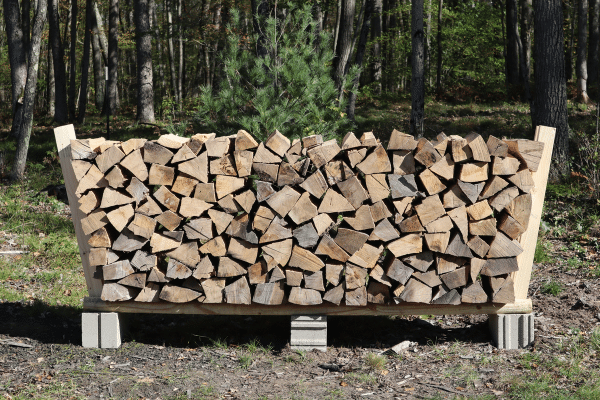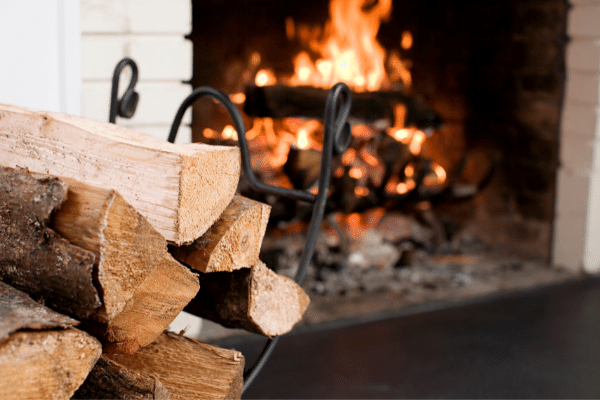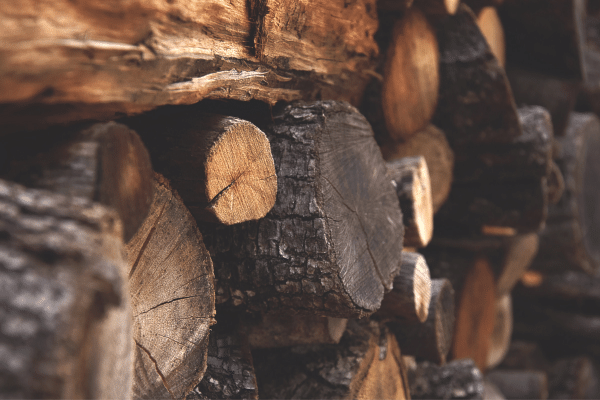- Home
- Types Of Firewood
- Is Catalpa Good Firewood
Is Catalpa Good Firewood?
This post may contain affiliate links so I earn a commission.
Although the tree isn't very common throughout the world, if you have access to catalpa you may be wondering, is catalpa good firewood?
The catalpa tree, also called catawba, is a medical commodity, a beautiful species, and it's a moderate firewood choice.
All wood will burn if properly seasoned, but all wood does not create the same amount of heat, or burn for the same length of time.
So, some species like catalpa will have you reloading the wood stove more often than other popular hardwoods like ash, oak or maple.
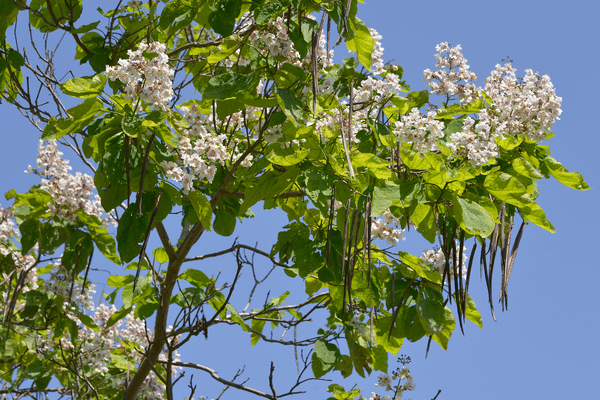
In this article, we’ll identify interesting facts, burning characteristics, and even how this tree can save you from a snake bite!
The Catalpa Tree
Catalpa, which is the original name created by American Indians, has kept its name throughout the passage of time.
Although it's not a very tall tree (growing to be 40-60 feet tall) this little giant has been used for centuries.
Most commonly found in the Midwestern United States, the Caribbean, and Asia, the catalpa tree thrives in humid conditions.
The tree has large, distinct, heart shaped leaves that can be up to 12 inches in length along with beautiful clusters of white flowers that show up during the summer.
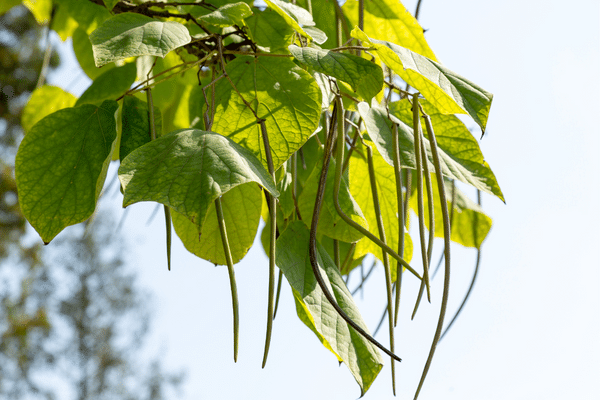
This fast growing tree also produces long, bean-like seed pods that are initially green, but will turn brown and fall off later in the year.
Due to the unique shape of the seed pods, the tree is often referred to as the "cigar tree" or even the "bean tree."
With the wide spread canopy (spanning 20-40 feet) and the thickness of the leaves, the catalpa tree creates a natural umbrella in the forest in which it stands.
If you’re caught in a rain storm and you’re seeking shelter, hiding under this tree may be a good choice.
Is Catalpa Wood Good For Anything?
Interestingly enough, the catalpa tree can be used as medicine, shelter, lumber, and much more.
Some medicinal uses of this tree are for skin infections, conjunctivitis, snake bites, and even asthma relief.
The seeds were used to treat whooping cough and as a mild narcotic.
However, even though this tree has been used for years, there is still no scientific evidence of its medicinal uses.
Although the tree can help in many ways, the roots are poisonous and should be avoided at all costs.
Stepping away from the medicinal value, the catalpa tree grows straight up.
With this natural design and wide canopy, the catalpa tree creates a fantastic natural fence.
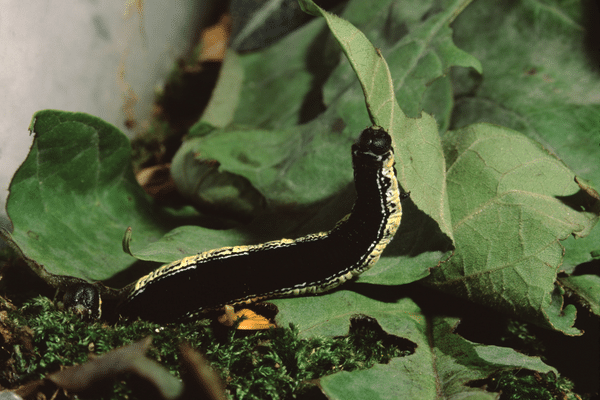
The catalpa tree is also the sole source of food for the catalpa worm.
These worms, or caterpillars, thrive on the leaves of the catalpa tree, ultimately stripping the tree of most of its foliage.
If you love to fish and have catalpa trees on your property, you understand the worms make great fishing bait!
From bass to catfish, many different species of fish love to eat catalpa worms.
Is Catalpa Good Firewood - Burning The Wood
Since the base of the catalpa is not very large, and the canopy of the tree is wide, you'll typically end up with a bunch of small branches and rounds when cutting up a catalpa tree.
Is catalpa good firewood to split?
Catalpa wood is pretty easy to split as long as the piece is not very twisted, and I would rate it as easy to moderate depending on the piece of wood.
Although these smaller branches may work great for kindling, or restarting a morning fire, they're not very good for an overnight burn.
Catalpa is technically classified as a hardwood tree, but the wood is very soft, so it's more like a "soft hardwood."
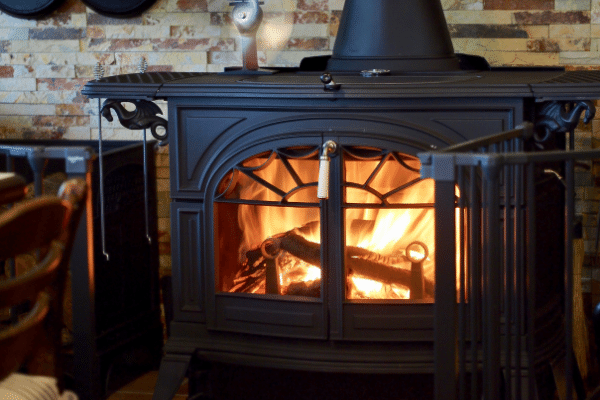
I would compare burning catalpa to burning aspen or spruce.
The main characteristic you need to consider when choosing firewood is the heat value of the log.
With a lightweight, smaller sized piece of wood, we must expect a
smaller number.
Since the tree is so small and thin, the wood burns up really fast.
Releasing only 16.4 million BTUs per cord, catalpa is a good firewood to burn in the fall or spring when you need to start a quick fire to take the chill off.
You can also mix catalpa with other popular firewood types like ash or oak, which would help achieve a longer burn time.
Does Catalpa Smoke A Lot Or Smell Bad?
When picking out the best types of firewood, smoke output is a pretty large factor.
You don’t want something with too much smoke, because smoke is basically unburned wood particles that are traveling up your chimney.
Once these unburned particles reach the cold surface of your chimney flue, they solidify in the form of creosote.
A major factor in any wood that you burn is its moisture content, not necessarily the species.
Dry wood will burn hotter, smoke less and create less of an opportunity for creosote to form.
When properly seasoned, the smoke omitted from the catalpa wood is moderate and sometimes can have an unpleasant odor.
However, if you're burning catalpa in a wood stove or outdoor wood furnace, the smell of the wood really won't matter.
How Long Does Catalpa Wood Take To Season?
You should allow catalpa about 6-8 months to properly season if you live in a dry environment, which is pretty short compared to other hardwoods like red oak that can take around 2 years.
With this short of a seasoning time, catalpa would be a great last-minute choice when in a pinch nearing the season's start.
If you live in a wet or humid environment, I'd give catalpa 12 months to season.
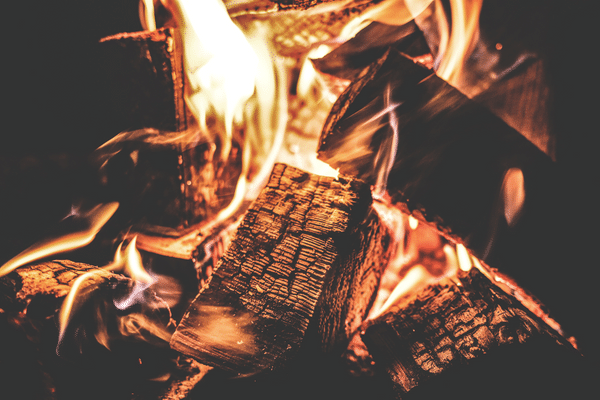
Just remember to split the rounds and stack them off the ground in a sunny location that's exposed to the summer breeze.
I also recommend covering the top 1/3 portion of the stack with a tarp or other similar device to shed rain and snow, but still allow the sun and wind to penetrate the stack and dry out the wood.
Is Catalpa Good Firewood - Overall
The catalpa tree has many uses.
Whether we’re referring to the canopy it provides during a rainstorm, or the catalpa worm sought out by fishermen, this tree is rather unique.
Although the heat output from catalpa is moderate to low, you can still burn the wood, you just have to have realistic expectations.
Use catalpa as kindling, or to create a quick hot fire.
Then you can add longer burning logs like beech, ash, or maple to give you a more sustained heat for an overnight burn.
Key Takeaways
- 16.4 million BTUs per chord
- Moderate smoke output
- It’s necessary to have other wood throughout the winter
- Used as an antiseptic or moderate narcotic
- Natural canopy and privacy fence
- Burns with low heat and quite fast
